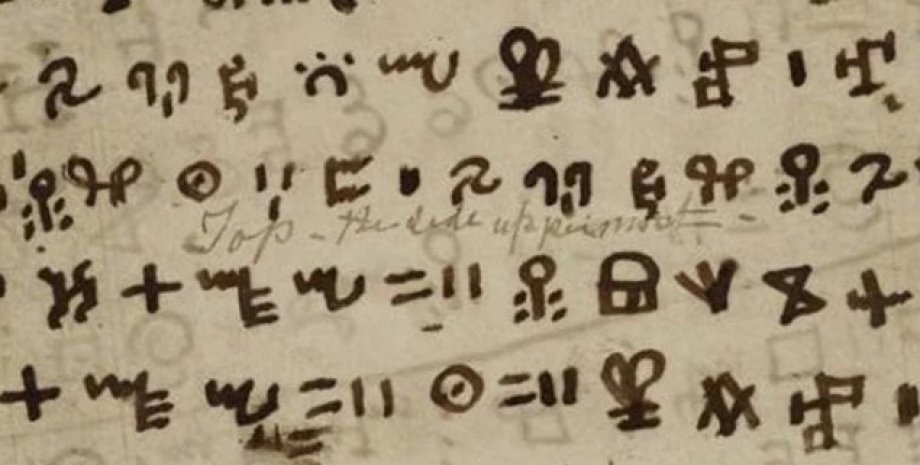The ancient language of Africa, created by illiterate authors, has been studied
The unique writing that was invented in Africa almost 200 years ago has evolved very quickly over the years and scientists have taken a fresh look at the development of all written languages.
Scientists from the University of New England, Australia and the Max Planck Institute for Human History in a new study decided to study the history of the development of the Vai language from Liberia. According to them, this writing may be the key to unraveling the mystery of the evolution of writing on Earth, according to ScienceAlert.
The writing of the Vai language in the African country of Liberia around 1834 was created from scratch by 8 illiterate men. Vai is a simple syllabary, in which the signs convey individual syllables. The Vai language is one of the few African languages that has its own script that is not based on the Latin alphabet.
“Due to the fact that this script is very rare and isolated from other writing systems, we thought that wai could tell a lot of interesting things about how writing develops in a short period of time,” says Piers Kelly of the University of New England.
Until now, scientists do not know how early human writing became a common everyday occurrence today. It is believed that writing in the form that we have now was invented about 5 thousand years ago in the Middle East, although new writing systems also appeared after that. Over time, early writing, like the writing of the Wai language, became simpler through natural evolution.
“The first images in early writing systems turned into complex characters, which then turned into increasingly simple and understandable letters,” Kelly says.
The creators of the Vai script invented special characters for each syllable of their language. These were both ordinary concepts, such as a pregnant woman or water, and more abstract meanings. In total, the Vai script has 200 letters, which mean individual syllables.
For almost 200 years of its existence, the Vai writing system has undergone significant changes. The most complex characters that were hard to remember for subsequent generations have become easier.
“The complex writing system is harder to learn for illiterate students, so over time, difficult-to-remember letters have changed, or disappeared altogether,” Kelly says.
Scientists came to the conclusion that new technological advances influenced the simplification of the writing of different peoples. This is the invention of new writing instruments, the appearance of paper, and so on. The Vai language underwent a similar change and simplification over time.
The speed with which the Vai script has evolved in a short period of time is an amazing phenomenon. But scientists believe that this happened because the inventors of the new writing system already had an idea of writing in other countries. Therefore, the Vai script was easily optimized according to the challenges of the time and the needs of those who learn it.
Despite the simplification, Vai still retains complex characters, Kelly says.









